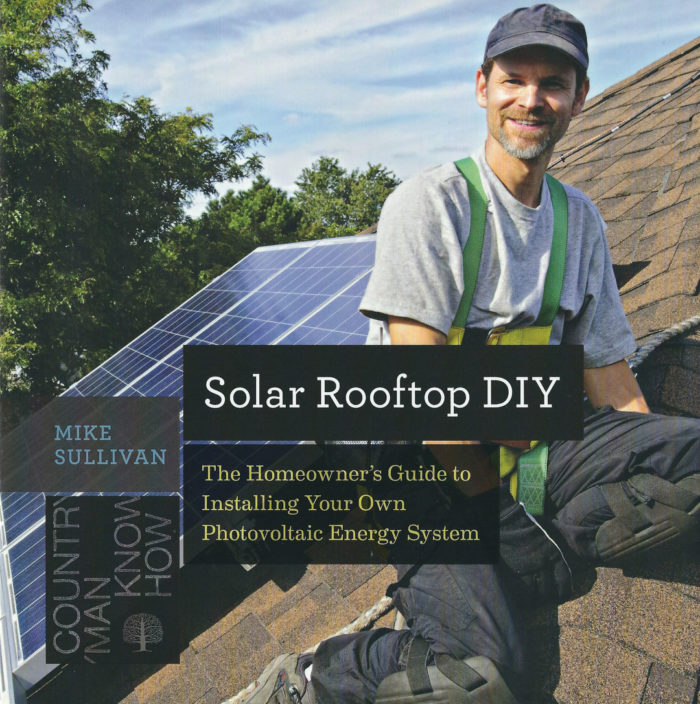
Image Credit: Countryman Press / W.W. Norton
Most new grid-tied photovoltaic (PV) systems are installed by solar contractors. Here’s what usually happens: the homeowners call up a few local solar companies; representatives come to the house to make a site assessment; the homeowners choose the contractor whose quote sounds reasonable and sign a contract for the work. The homeowners don’t even have to put up a ladder; all they have to do is sign a check.
Is it possible to do the work yourself? The answer is, “It depends.” In areas of the country with lenient local regulations, homeowners may be able to install their own solar array. But they’ll have to be adept at submitting all the required paperwork, including permits; they’ll probably have to hire an electrician to make some of the electrical connections; and they’ll have to get the system inspected and approved before it can be connected to the grid.
Off-grid systems are an entirely different story. Many off-grid homes are located in remote rural areas beyond the reach of building codes and inspections. In these areas, it’s fairly common for off-grid homeowners to install their own PV systems.
Advice for the DIY crowd
I recently got a copy of a new book called Solar Rooftop DIY. Written by Mike Sullivan, the book aims to be “the homeowners’ guide to installing your own photovoltaic energy system.” There’s a need for such a book — one that is more accessible than a textbook aimed at electricians, but is still technically accurate.
For a homeowner who doesn’t know much about PV systems, Sullivan’s book might be a useful introduction to the topic. The book’s photos can give a homeowner a better idea of what various components…
Weekly Newsletter
Get building science and energy efficiency advice, plus special offers, in your inbox.

This article is only available to GBA Prime Members
Sign up for a free trial and get instant access to this article as well as GBA’s complete library of premium articles and construction details.
Start Free TrialAlready a member? Log in





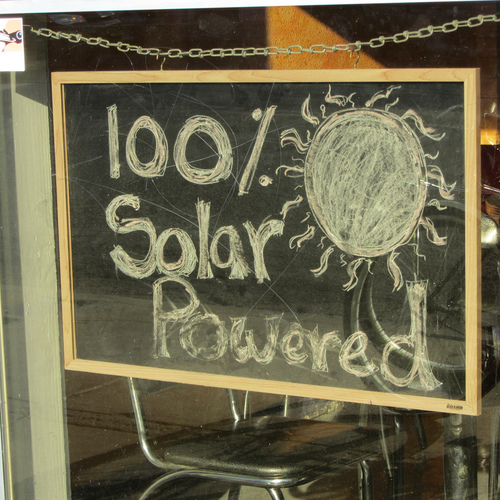
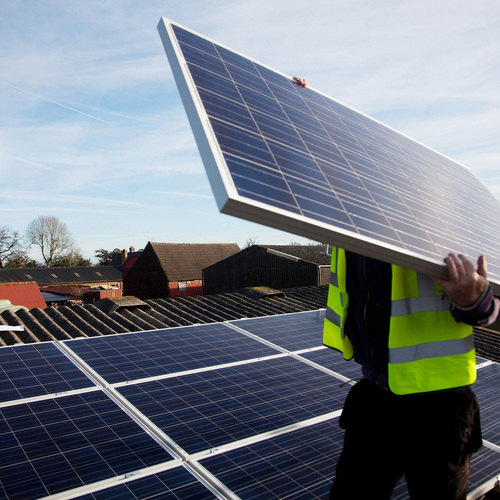
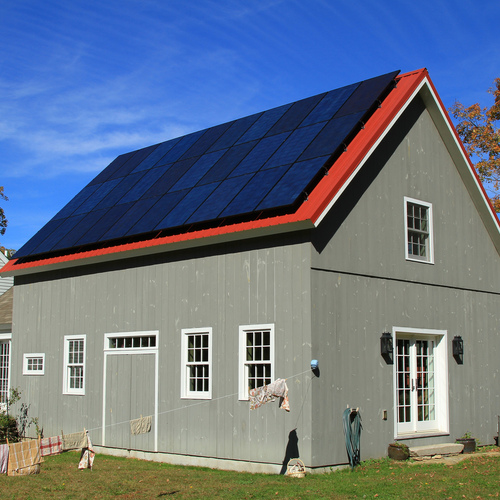
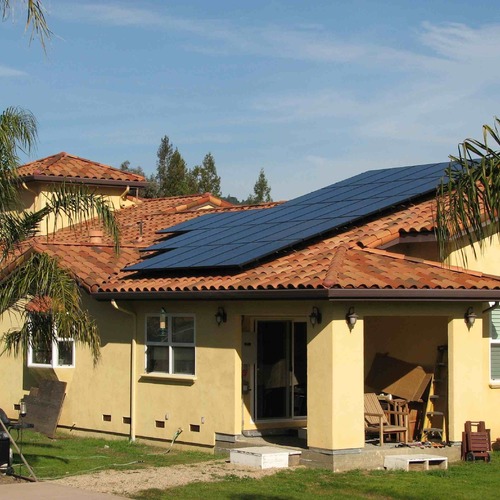






10 Comments
Pretty Critical, I'd Say
Martin,
Maybe this book deserved the harsh critique you gave it, but on one point I think you should have cut some slack. When the author advises to add up and calculate average kW-Hrs, I take that to mean add and divide by 12. Dividing 9000 by 12 yields a number one order of magnitude lower, and not very far from the 901 you cited.
Response to Antonio Oliver
Antonio,
I'll admit I was in a cranky mood when I wrote this review. But I won't concede on the point you contest. The author wrote, unambiguously, that "most single-family dwellings ... [use] in the range of 7,000 to 9,000 kWh per month.” The words "per month" immediately follow the range quoted ("7,000 to 9,000 kWh").
Well...
Books or articles offering technical advice do bear a greater burden to be correct, because the reader is performing a leap of faith by relying on them in an area outside their own experience where they can't judge whether the advice is right or not. So it's more than fair to point out where the author has messed up.
To your larger point though: How much should editors pick-up? Taunton ran Gary Katz's infamous article on hanging doors without shims, and a few others like the advice to add large rocks from the site to your concrete sono-tubes while pouring them. I wonder whether this doesn't represent the shifts in the way publishing works today, and whether we just need to take into account that editing as we used to know it has been superseded by other more pressing concerns?
Reply to Malcolm Taylor
Malcolm,
As an author, editor, and human being, I know that I am putting myself at risk of becoming the guy who lives in a glass house and throws stones. I make mistakes too, as do my fellow editors at Fine Homebuilding.
I hereby grant my readers permission to correct and ridicule me when I make them.
Martin
I used the Taunton examples not because they are egregious, but because the mistakes seemed to coincide with the changes that have swept the publishing world. My wife is an author. She used to have editors that suggested revisions. Now the publishers expect her manuscripts to be formatted so they can go directly into print without any changes or copy editing.
I'm just speculating. Perhaps the recent past was also littered with technical works full of dubious advice. But maybe a few years ago someone with the relevant knowledge would have vetted Mr. Sullivan's book before it was published, saving you the task of doing so after.
If you find your situation frustrating, you should try being in architecture. They talk absolute nonsense to justify their designs and are rarely called on it.
Response to Malcolm Taylor
Malcolm,
Thanks for your comments. No doubt your wife has more experience with book editors than I do. I'm not equipped to comment on your theory -- other than to agree that in recent years, "changes have swept the publishing world."
PV Book
Martin,
I'd be interested to see what you think of this:
http://www.solarenergy.org/sei-textbooks/
They are well-regarded in renewable energy education. I haven't seen this updated edition yet. They also offer online courses.
DIYers also need to think about eligibility for rebates, tax credits, etc. and if they require a certified installer.
Why install solar?
"He advises homeowners who install a rooftop PV system to switch from an electric water heater to a gas water heater and to switch from an electric clothes dryer to a gas clothes dryer." I agree with Martin, that this is bizarre advice from a technical viewpoint. Perhaps it is another zombie idea, from a time a few years back, when solar panels cost 5-10 times what they cost now. I would also add that Sullivan's advice is antithetical to a couple of the major motivations for installing DIY solar- to decrease fossil fuel use and carbon emissions. Add to these objections the financial and ecological costs of replacing a couple of major appliances that presumably still work well, and you have a trifecta of bad advice in a single sentence.
DIY Workshop
I installed a PV system on my house a year ago. I've got lots of construction experience, but I had never done any solar, and knew very little about the technical side. 12 panel, 3.84kW net metered system. Cost: $8.2k, $5k after tax credits. Expected payback 8-10 years.
After it was done, I worked up a PowerPoint presentation to encourage others to DIY. It is attached. Perhaps some of your readers will find it useful. Certainly not comprehensive, but it does show lots of the gritty details. The file can be found at http://www.mte-d.com/news/free-diy-solar-pv-workshop/ Lots of the details are in the notes.
Thanks, Jim
Jim,
Thanks for sharing the link to your PowerPoint presentation. And congratulations on your new PV system.
Log in or become a member to post a comment.
Sign up Log in